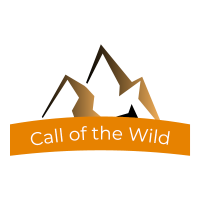For thousands of years people have used the oceans as a source for sustenance and recreation, but it is only in the last century where exploitation has skyrocketed. As population has boomed over the last 100 years, so too has the amount of people eyeing the deep blue as not only a place for food and resources, but as a venue for adventure as well. With all that attention, many different kinds of issues now threaten the world’s oceans and its creatures. Let’s take a look at five of the biggest, most immediate threats we now face.
Pollution
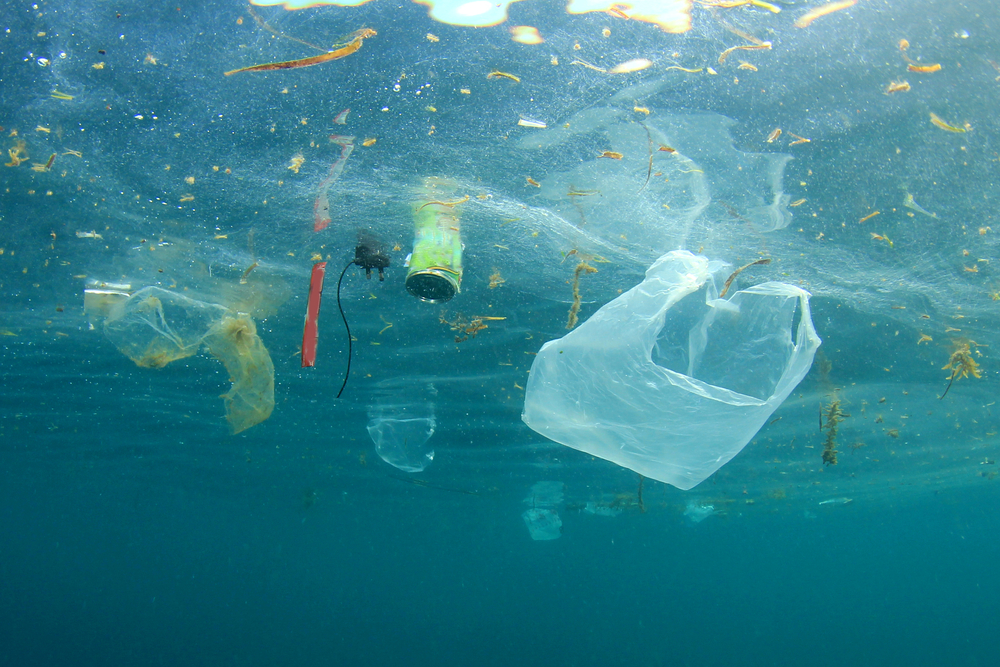
Perhaps the greatest threat of all in the ocean, water pollution is among the leading causes of death and disease for both human and marine life. From oil spills to plastic waste, from chemical fertilizers to sewage, the byproduct of human disposal has made a deep impact on the health of the ocean. Below are the two biggest pollution problems:
Oil Spills
The Gulf of Mexico BP oil spill represents the world’s most immediate threat. Nearly five million barrels (185 million gallons) worth of oil poured out into the water following an ocean rig explosion over three months before it was finally capped off. Though the oil stopped leaking out back in July, the effects continue to this day. Thousands of animals have been found dead as a result of the spill while many other species remain at risk due to the toxicity of the crude oil. Cleaning up all the excess oil and protecting wildlife remains the biggest priority among Atlantic Coast oceanic organizations.
Point Source Water Pollution
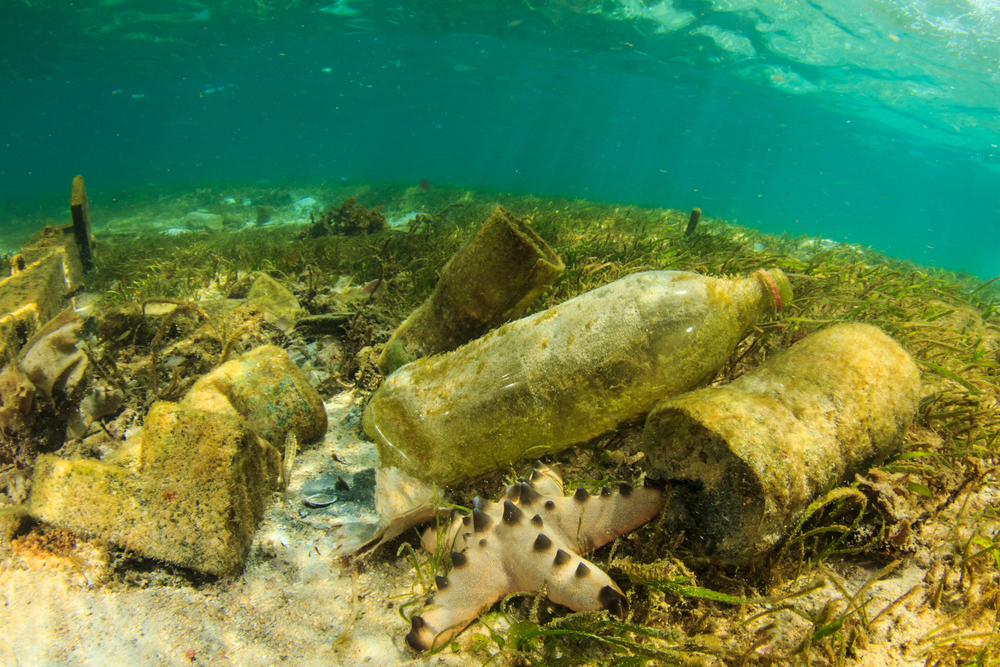
This type of pollution refers to any kind of contaminant fed directly into ocean water, discharges from oil refineries or sewage plants being prime examples. Coral reefs and fish species close to shore are threatened by such waste, and in heavily polluted areas, fish become hazardous to eat when caught by anglers. Non-point source pollution refers to anything put into the ocean indirectly, like storm water runoffs from agricultural fields or urban centers.
Dead Zones
Areas of water where there is little oxygen available for fish and plant life to develop are commonly called “dead zones”. This phenomenon occurs when an excess of chemical nutrients, like nitrogen and phosphorous, build up much greater than normal. With all those nutrients floating around, phytoplankton population grows at an alarming rate (algal bloom), which in turn soaks up more oxygen in the water. The greater the bloom, the less oxygen is available for fish species, resulting in either mass emigration or death in the case of slow-moving sea life that can’t get away in time. These zones can range in size from as small as a square kilometer (0.4 mi²) to an unbelievably huge 70,000 square kilometers (27,000 mi²).
Dead zones are mainly created because of those non-point source pollutions mentioned above, especially by chemical fertilizers that seep into the oceans. As fertilizer run-off builds so too do the nutrients, and the only life that appreciates it are the phytoplankton. Dead zones are therefore, unsurprisingly, more frequent around densely populated coastlines. Right now, the most infamous dead zone is the Mississippi River Basin, covering an area about the size of the state of New Jersey.
Dead zones do not have to stay dead, however. The Black Sea used to be the biggest dead zone in the world, but as recently as ten years ago economic problems limited the use of expensive fertilizers, indirectly bringing life back to the sea and the creation of a sustainable fishing industry.
Invasive Species
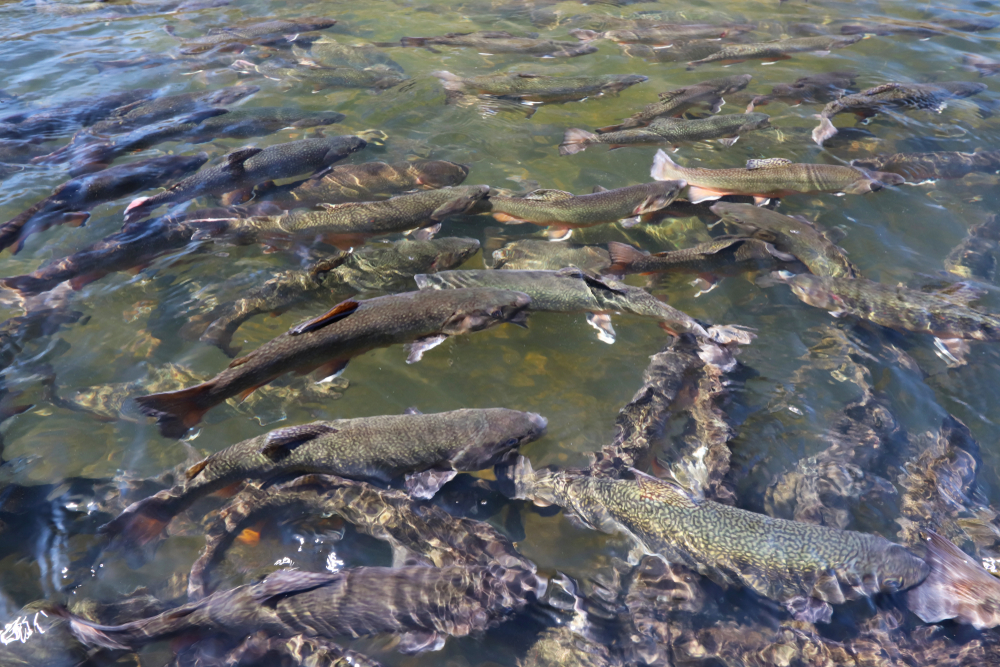
Humans aren’t the only ones who threaten the oceans. Many non-native species find a way to get around the ocean – often attached to shipping vessels – and make a home in an ocean environment they weren’t meant to settle down in but end up thriving in anyways. Though not all invasive species are bad – like the Asian shore crab in North America -some can be downright deadly to local ecosystems. A growing problem in the Atlantic Ocean is the recent emergence of the lionfish, a problem species that is much deadlier than its pretty appearance would suggest. Armed with several venomous protruding spines, this colorful fish has found its way into the Atlantic and has become a nuisance. Because the Atlantic was not meant to house this species, lionfish have no natural predators (mainly big sharks) like in the Pacific, and have therefore been able to grow in numbers. Lionfish affects the fishing industry as they have been known to feast on small species such as sea bass, grunts, and snappers. A large-scale reversal of the invasive species is unlikely, so keeping the population in check will depend largely on prey recognizing the lionfish as a threat, and for some Atlantic-native predator to adapt to eating lionfish.
Harmful Commercial Fishing Practices
Trying to catch a fish with a rod-and-reel and a single hook is a lot less damaging than a boat casting off and anchoring a set of line 15 kilometers long with tens of thousands of baited hooks attached, as seen in the Bering Sea. Long lines, despite recent technological advancements, risk catching marine life outside the target species. In Hawaii, long lines were banned for a time due to accidental catches of endangered loggerhead turtles. The practice has since started back up with safer hooks, however.
Even worse, fish and other marine life that are endangered remain targeted despite being threatened.
Jack Bollinger
Long lines are actually fairly safe compared with some of the other practices used. Gill nets have been a source for environmental outcry for decades. These nets, which drift in the water, trap fish by their gills as they get stuck in the holes and can’t back out. This net was often used to catch tuna, but the United Nations put an international ban on the practice in the early nineties due to the high ratio of inadvertent capture and killing of dolphins. However, gill nets can be legally used within 200 miles of a coast depending on a nation’s own laws.
Bottom trawling is another harmful practice as nets are often used to scrape along the sea floor to catch bottom-feeding fish and crustaceans, damaging coral and other seabed life. Even when the net is raised above the ocean ground, nets can trap species not meant to be caught. Many countries have placed bans on trawling but it remains a highly popular form of commercial fishing throughout the world.
Overfishing
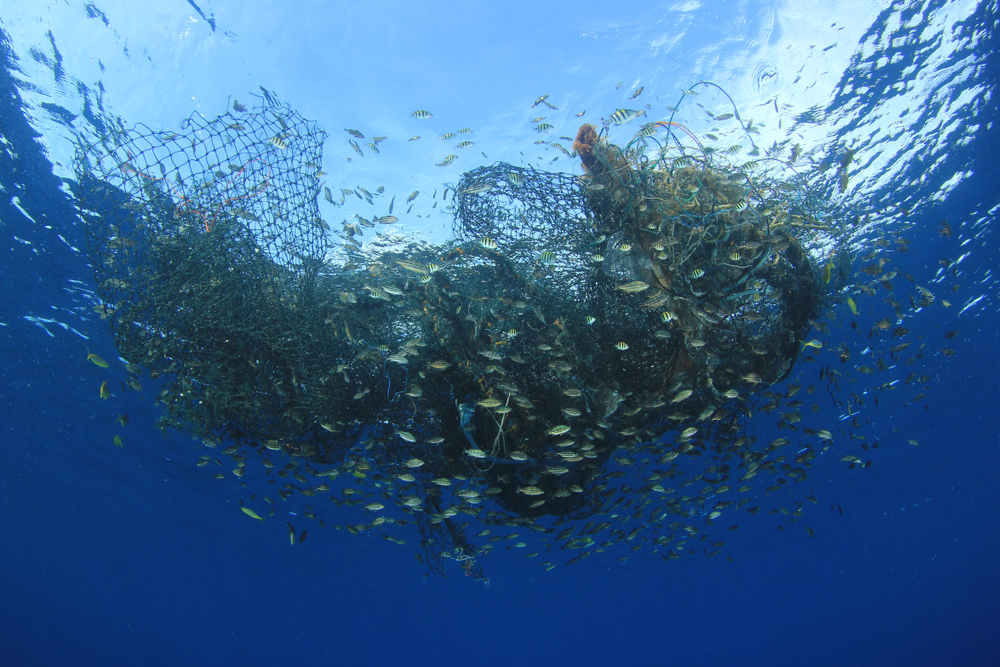
Even when using safer methods of catching fish, there runs the risk of hurting fish populations. Much of the 20th century had little to no fishing regulations in place, allowing commercial fishing industries to catch as much as they wanted. Without strict regulations, a fish’s population can decrease to the brink of extinction and may never fully recover.
The best example of overfishing in North America is with the Atlantic Cod, a once proud fishing industry in Eastern Canada. The fish were once so populous that in the mid 1600’s explorer John Cabot remarked that you could catch cod with something as simple as a fishing-basket, let alone a net. After centuries of harvesting and increasingly better technology, a moratorium had to be put in place in 1992 as the species’ population dropped to near extinction. To this day that moratorium is in place, with very limited summer fishing allowances for recreational angling.
No hazard is more dangerous to fish than improper fishing techniques by humans. With regulations followed by law-abiding anglers, fishing can be done responsibly so that populations can thrive. However, the demand for fish food, like tuna and salmon, can pressure commercial fishing industries to harvest in irresponsible way to get enough supply. Even worse, fish and other marine life that are endangered remain targeted despite being threatened.
Until strict regulations are set and followed on an international scale, overfishing and all these other threats will continue to harm the world’s oceans. As anglers it is important that we do our part to preserve the sport for future generations. Follow fishing regulations in place by your state, province, or country. Practice catch-and-release whenever possible to keep fish populations healthier. If you want to get more involved with protecting sportfishing, contact your local Department of Natural Resources to see what you can do to help the cause more directly.
